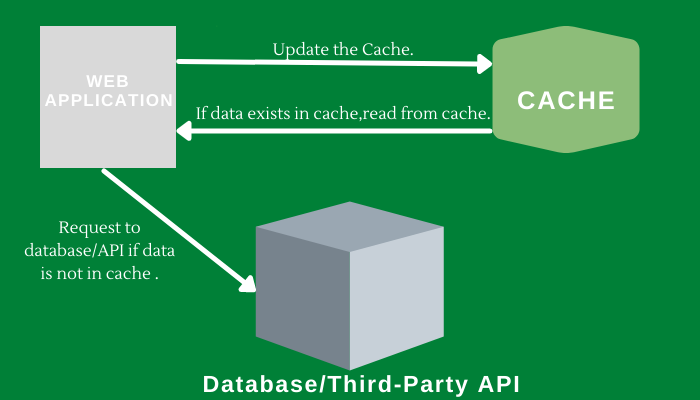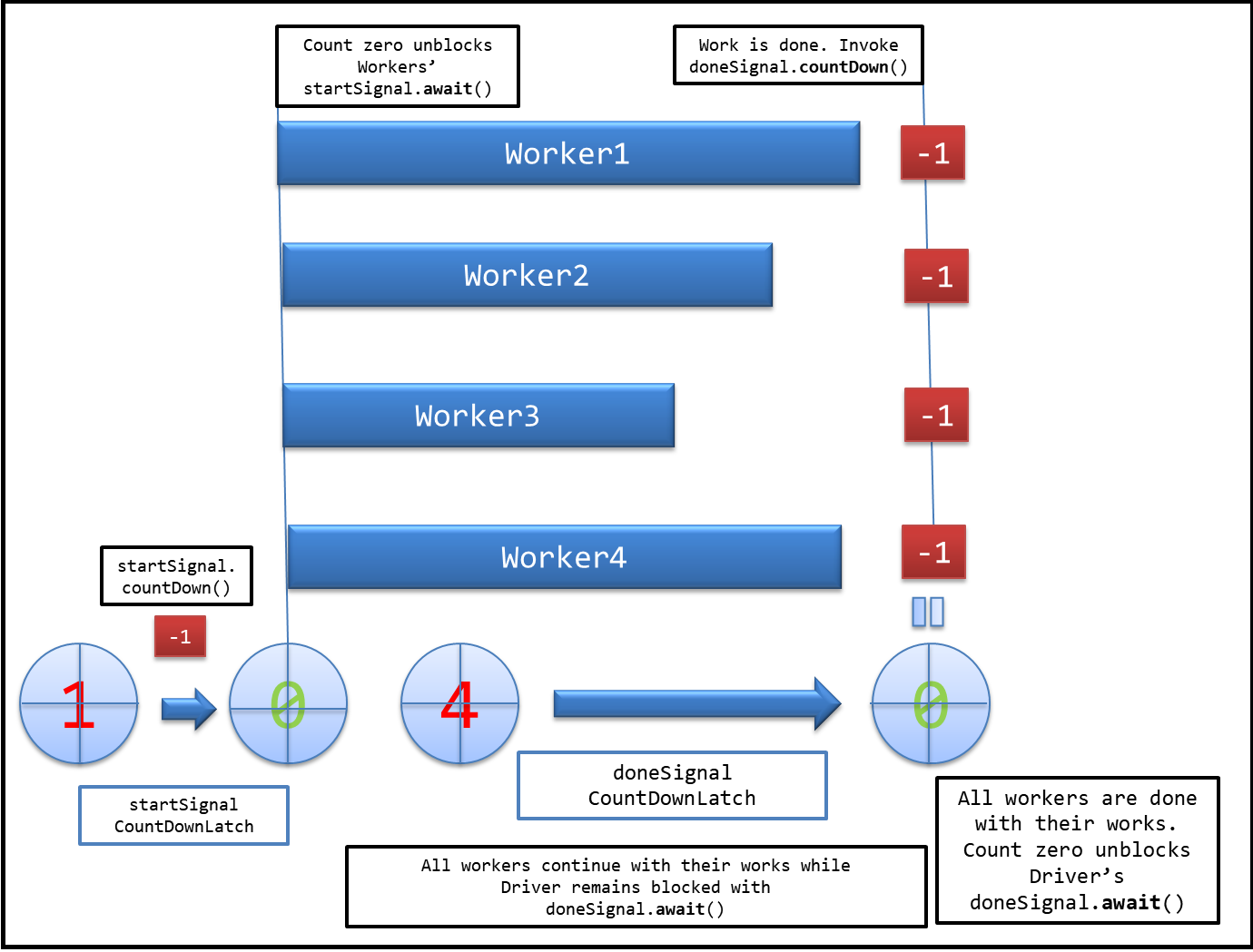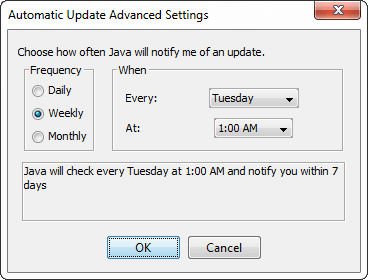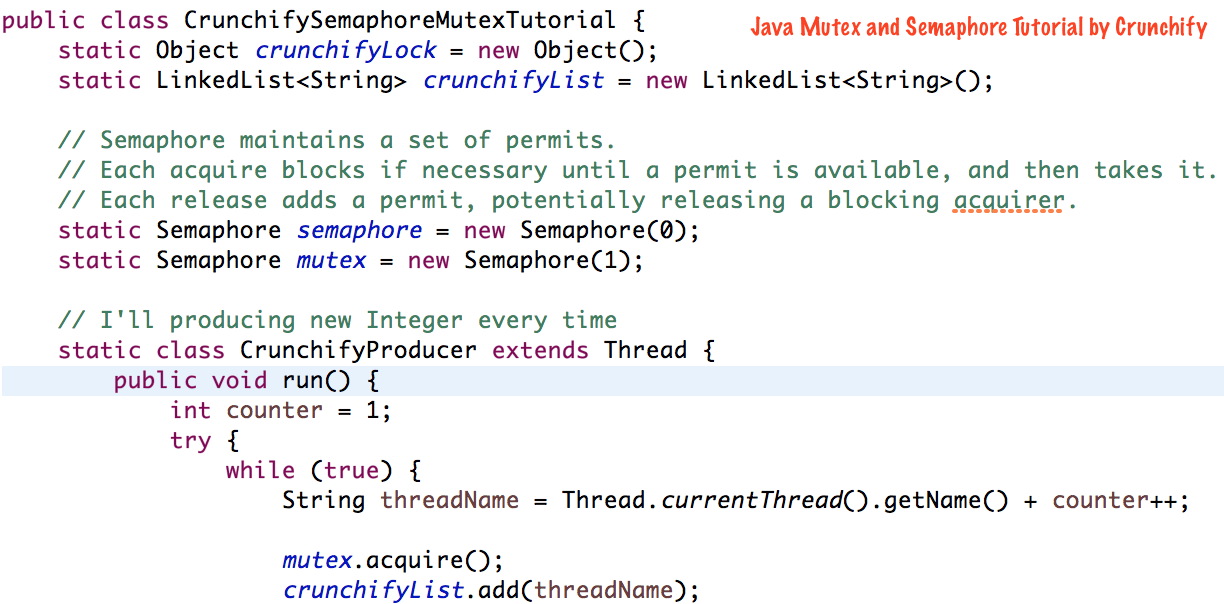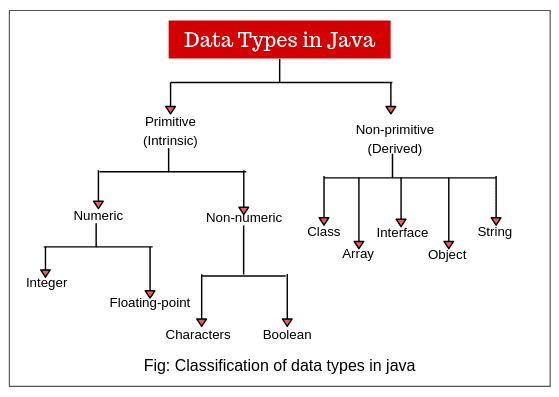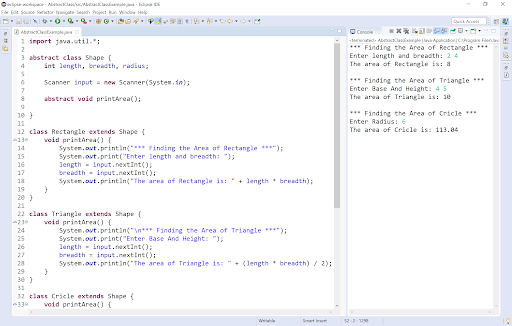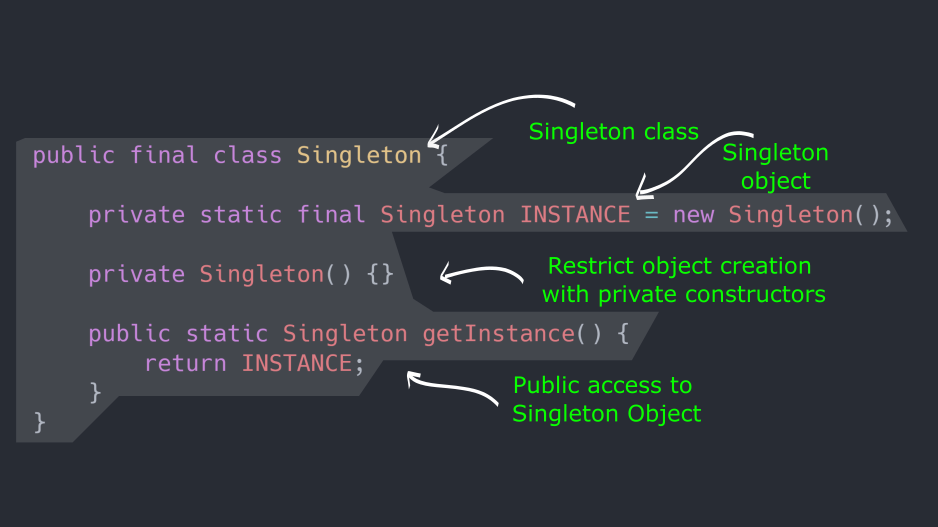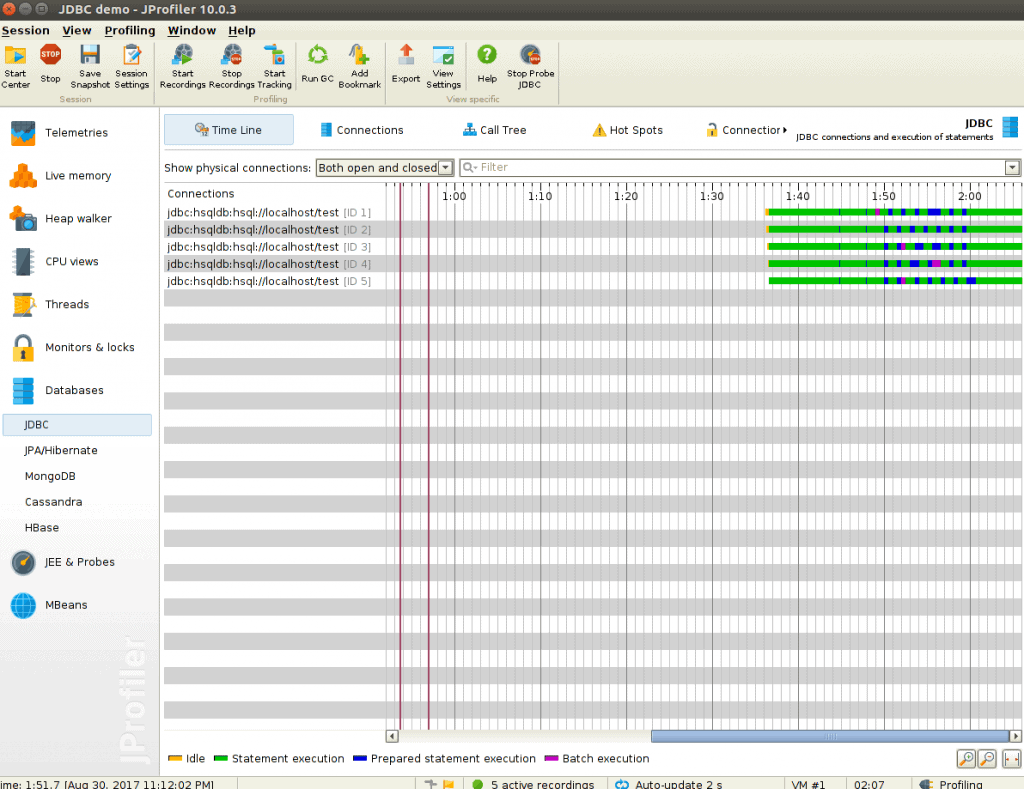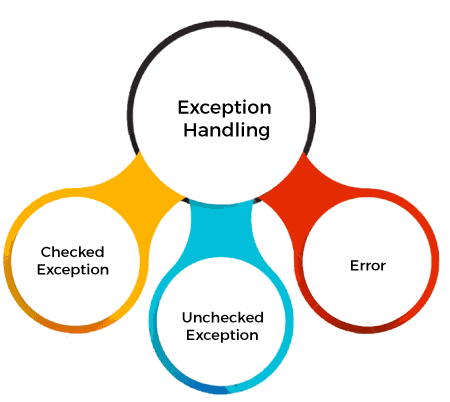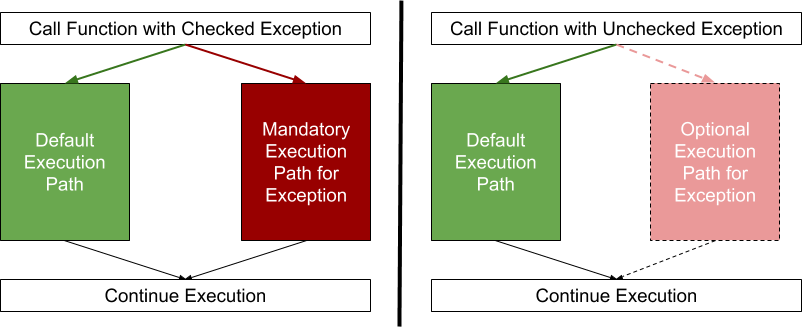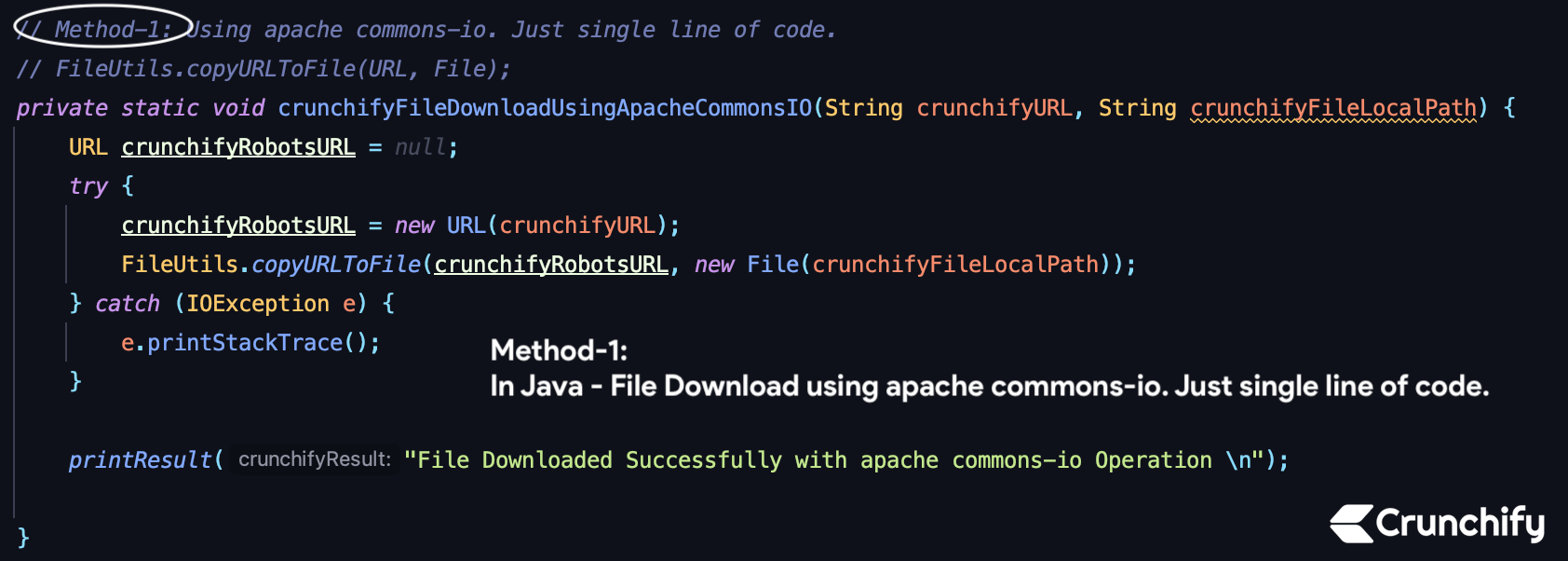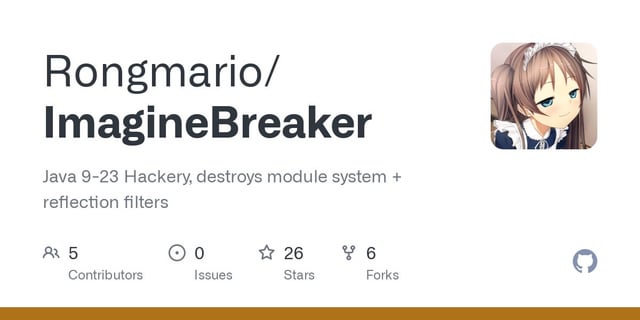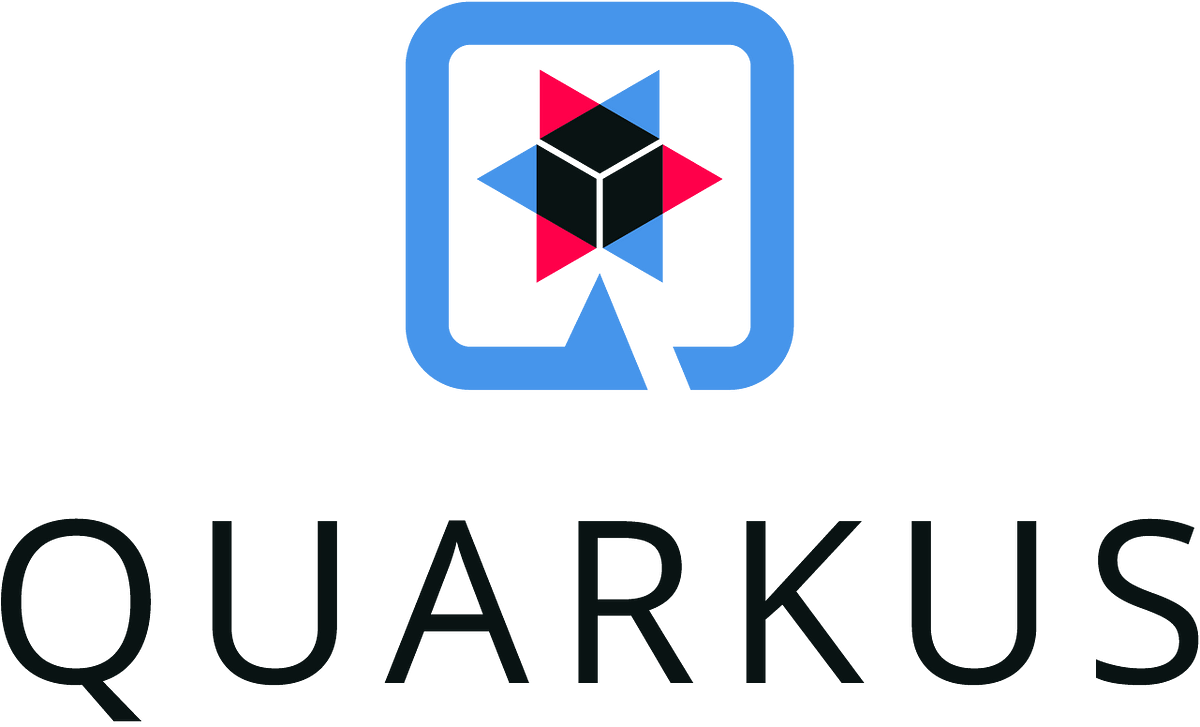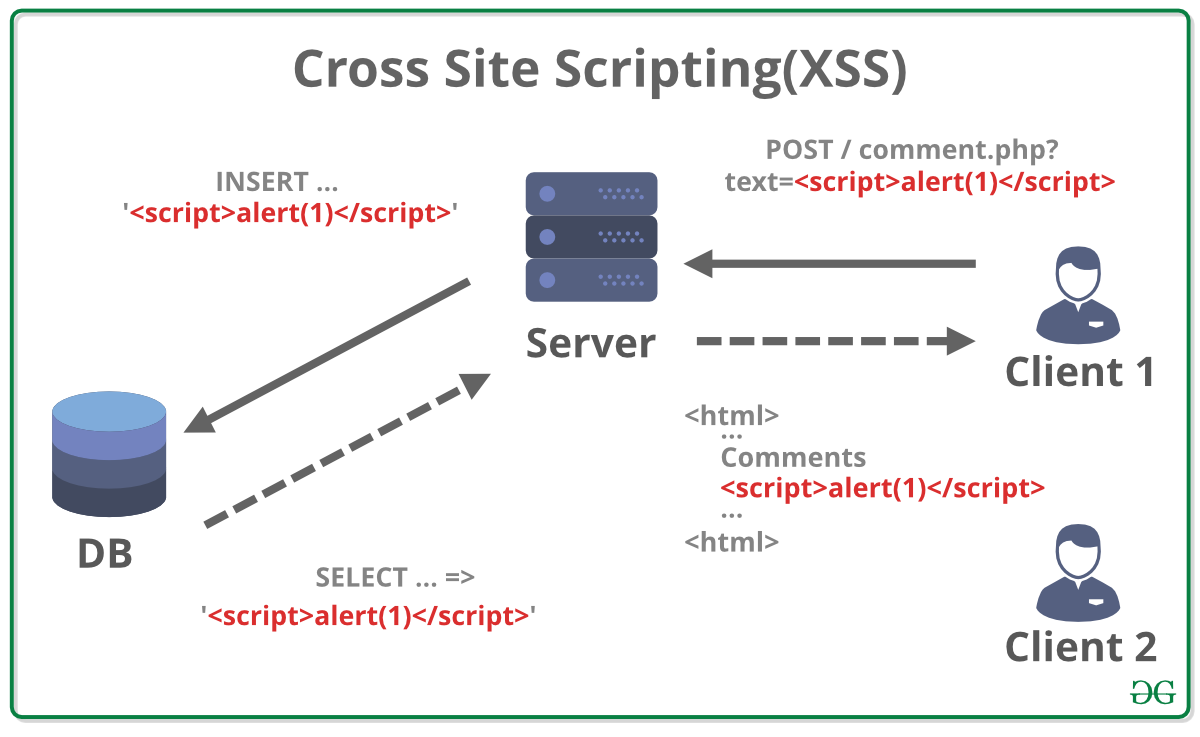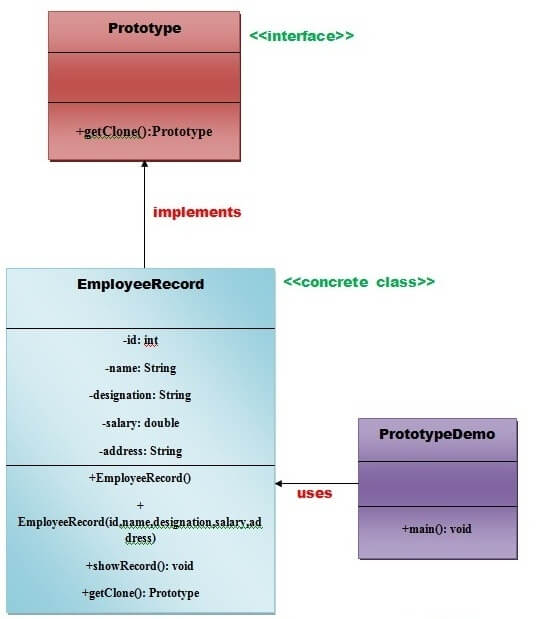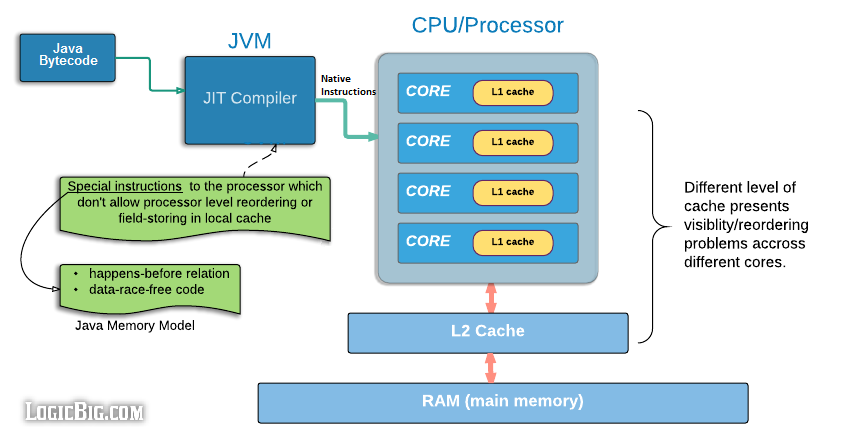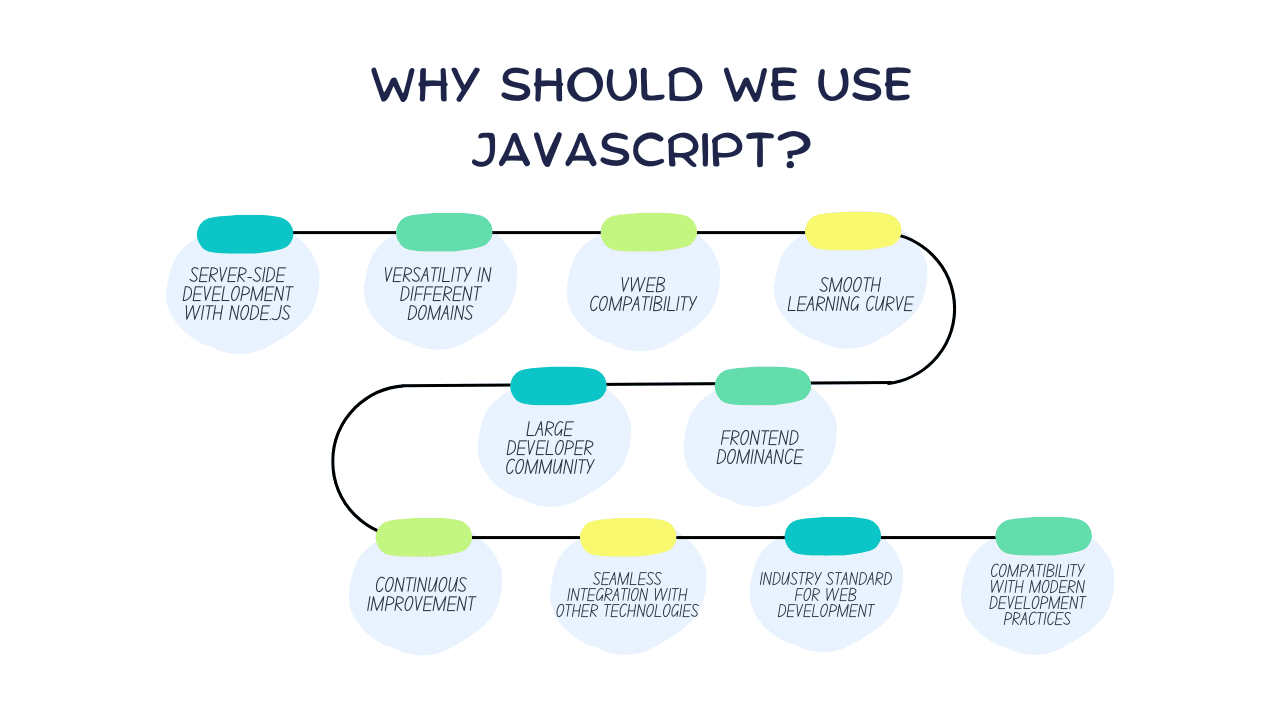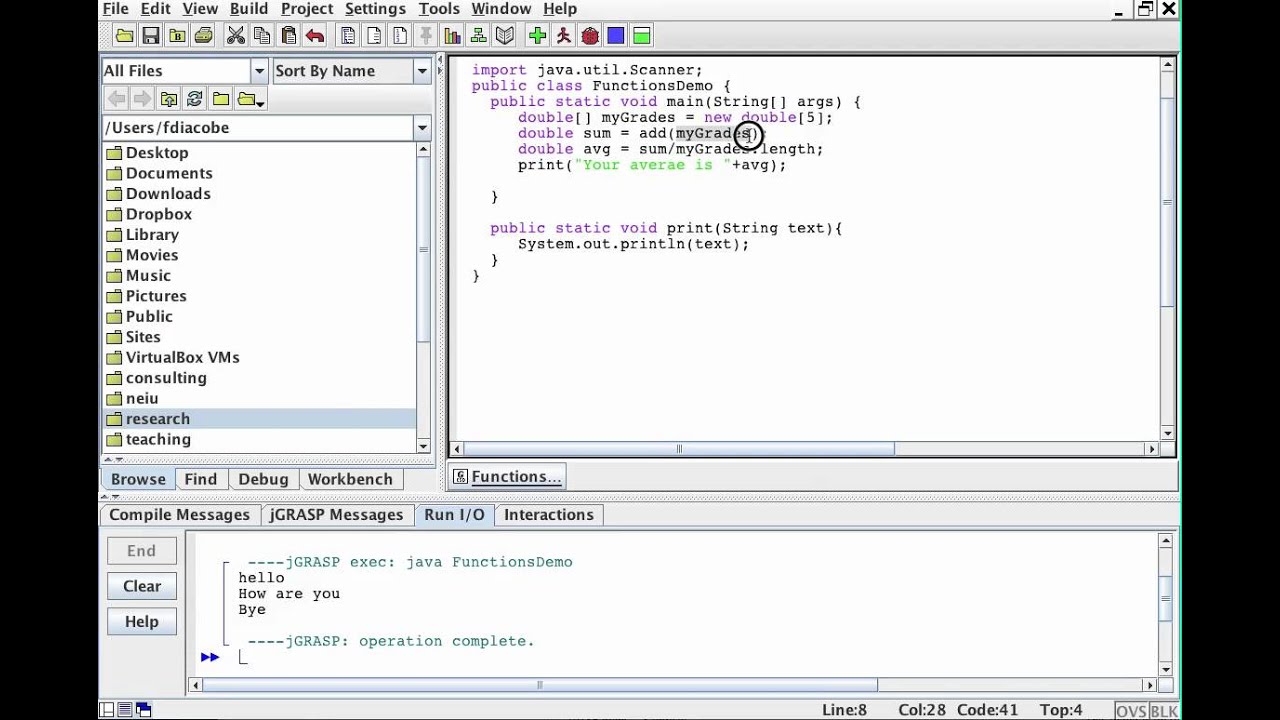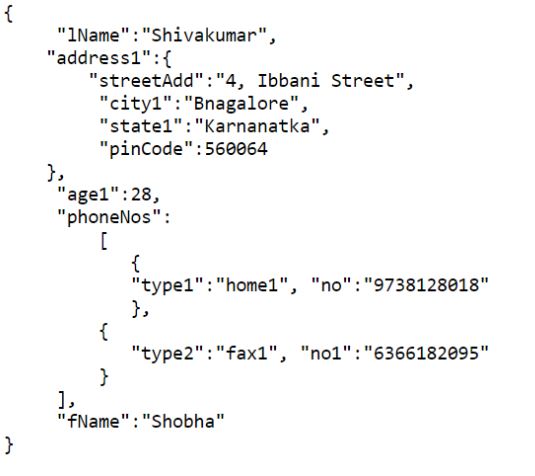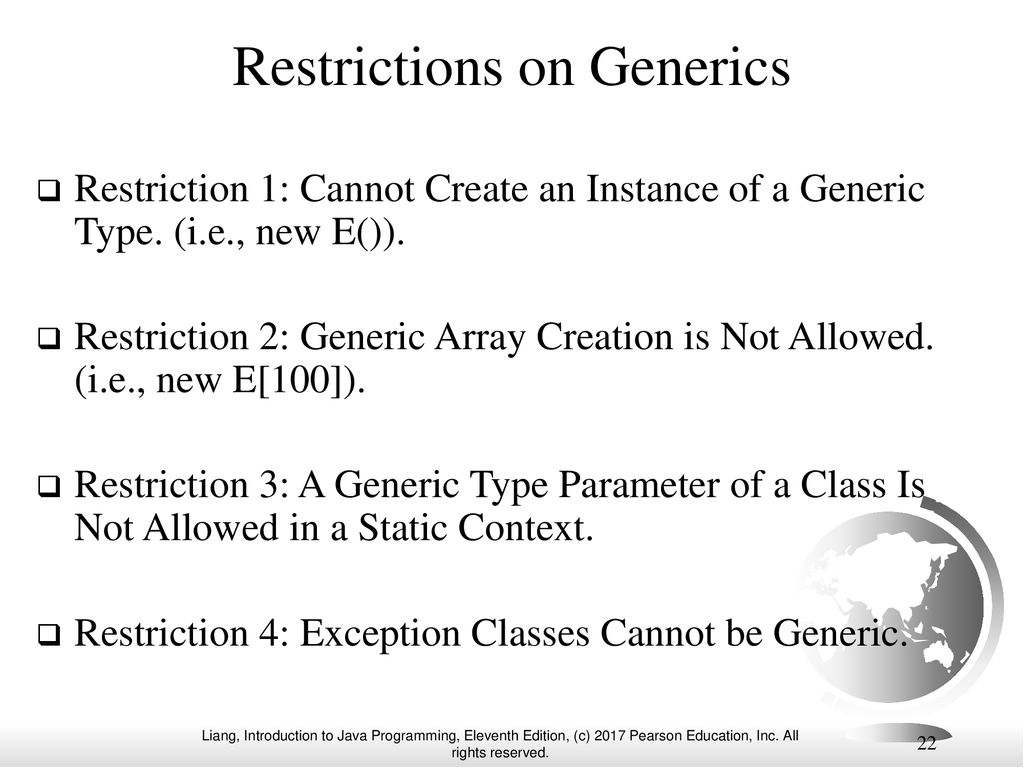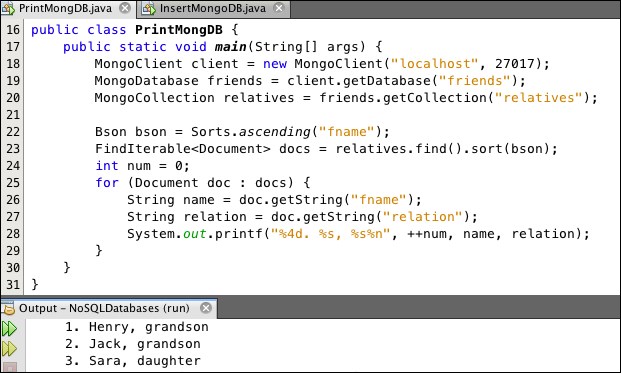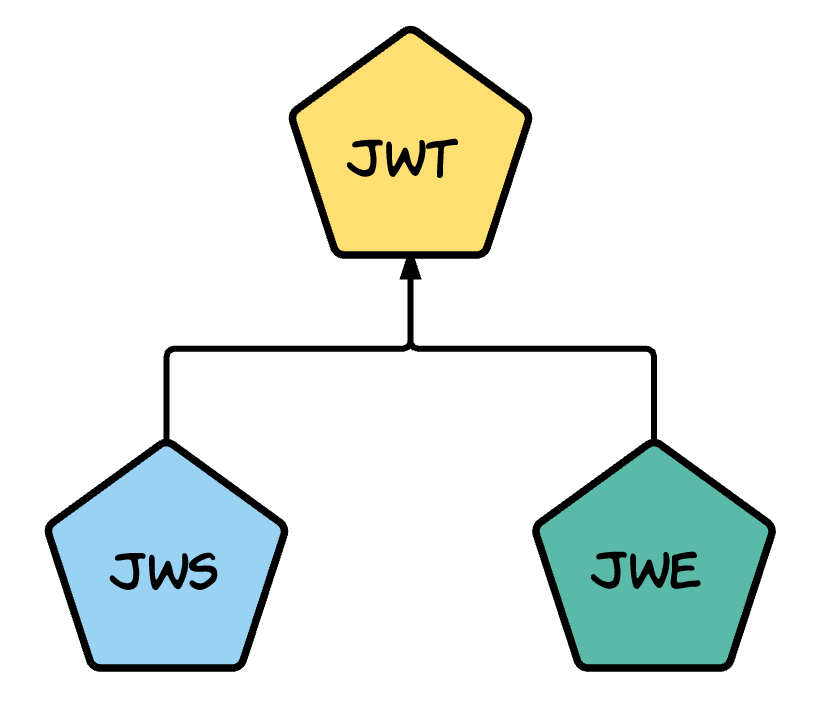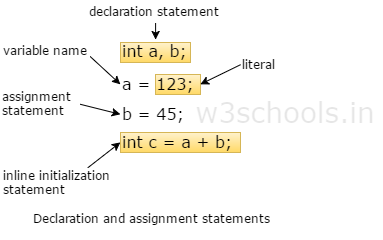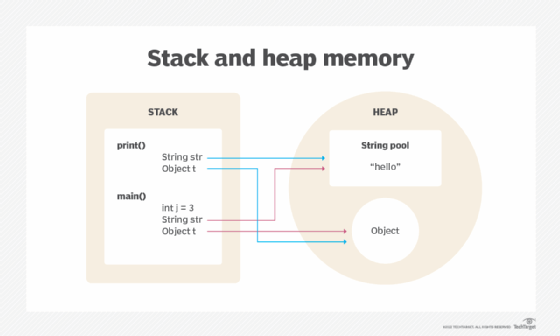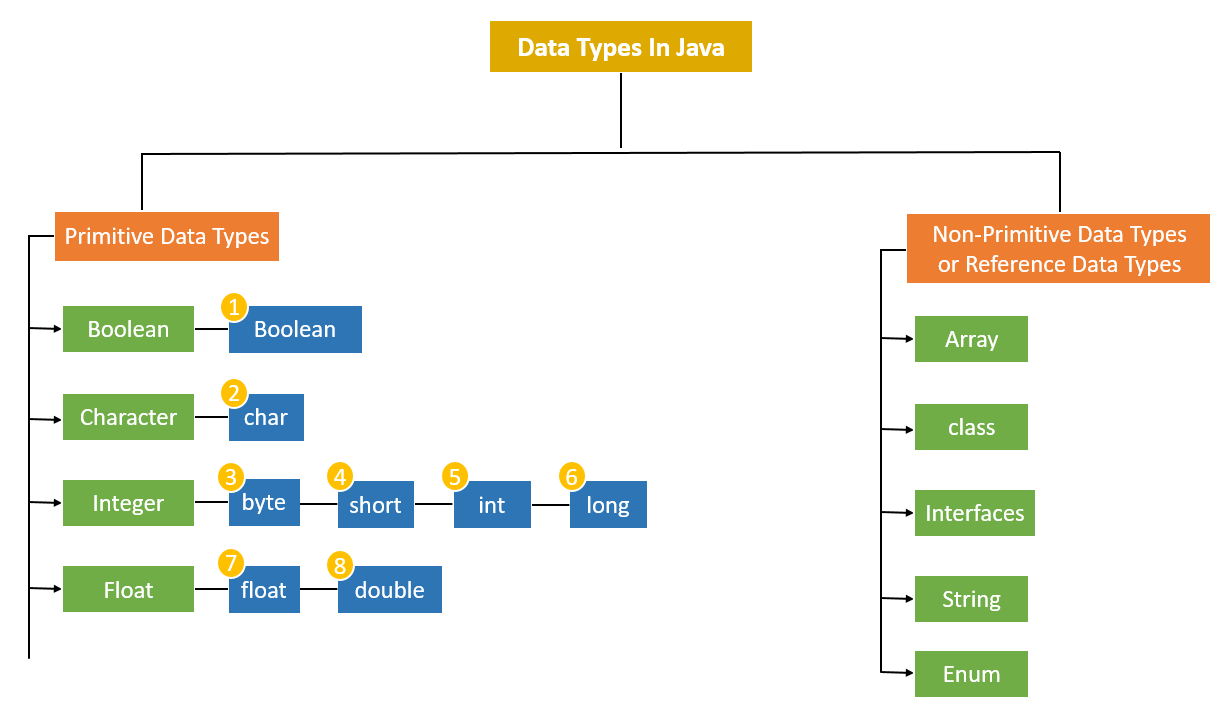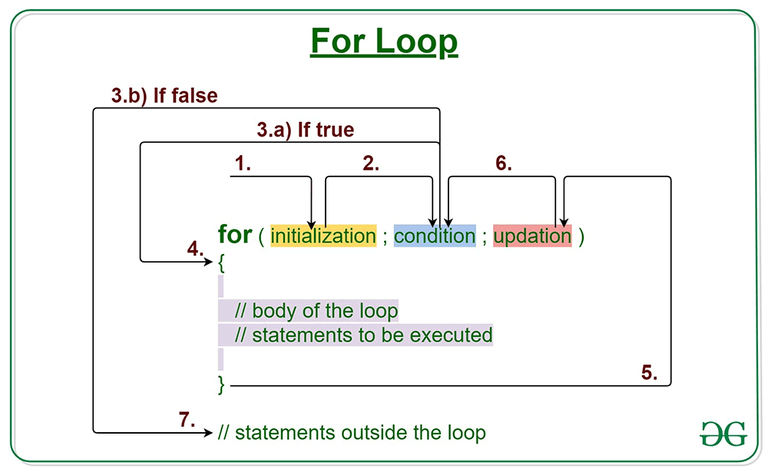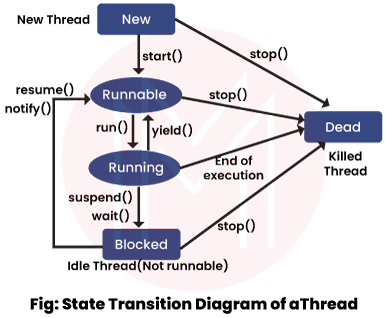java rmi tutorial
java rmi tutorial
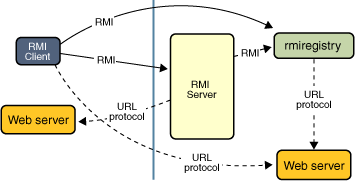
Here is a Java RMI (Remote Method Invocation) tutorial with at least 300 words:
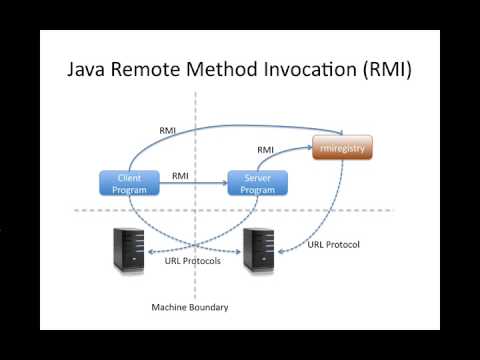
Introduction
Java Remote Method Invocation (RMI) is a Java API that enables you to create distributed applications. With RMI, you can invoke methods on objects running in other virtual machines, as if they were local. In this tutorial, we will explore the basics of RMI and how to use it to develop distributed systems.
Prerequisites
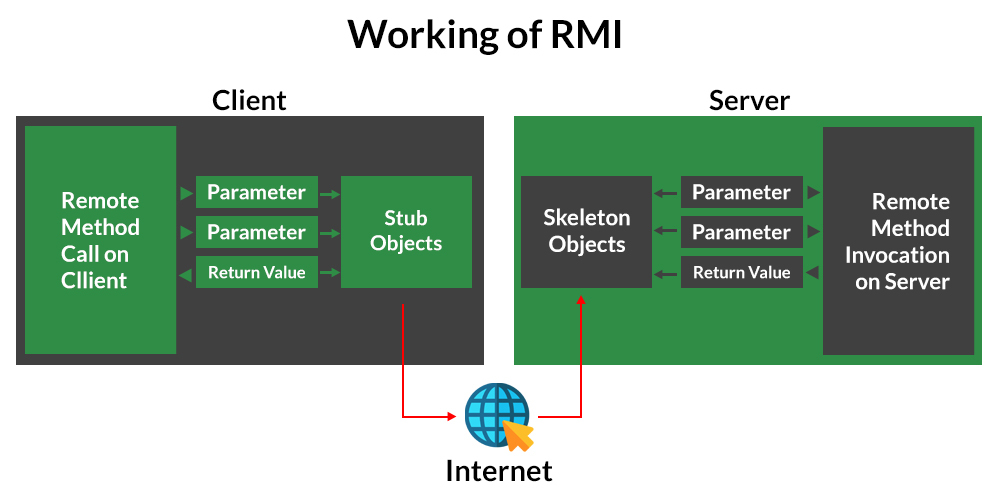
To follow this tutorial, you should have a basic understanding of Java programming language and object-oriented concepts. You should also have a Java Development Kit (JDK) installed on your computer.
Step 1: Implementing the Remote Object
The first step in using RMI is to create a remote object that can be accessed by other virtual machines. To do this, you will need to implement an interface that extends the Remote interface and define methods that can be invoked remotely.
// MyRemoteObject.javaimport java.rmi.Remote;
import java.rmi.RemoteException;
public interface MyRemoteObject extends Remote {
public String sayHello(String name) throws RemoteException;
}
Next, you will need to implement a class that implements the MyRemoteObject interface:
// MyRemoteObjectImpl.javaimport java.rmi.server.UnicastRemoteObject;
import java.rmi.RemoteException;
public class MyRemoteObjectImpl extends UnicastRemoteObject implements MyRemoteObject {
public MyRemoteObjectImpl() throws RemoteException {}
public String sayHello(String name) throws RemoteException {
return "Hello, " + name + "!";
}
}
Step 2: Registering the Remote Object
Once you have implemented your remote object, you will need to register it with the RMI registry. The RMI registry is a database that keeps track of all available remote objects and their locations.
// RegistryExample.javaimport java.rmi.registry.LocateRegistry;
import java.rmi.registry.Registry;
public class RegistryExample {
public static void main(String[] args) {
try {
LocateRegistry.createRegistry(1099);
Registry registry = LocateRegistry.getRegistry();
MyRemoteObject obj = new MyRemoteObjectImpl();
registry.rebind("MyRemoteObject", obj);
System.out.println("Remote object registered");
} catch (Exception e) {
System.err.println("Error registering remote object: " + e.getMessage());
}
}
}
Step 3: Invoking the Remote Object
Now that your remote object is registered, you can use it from another virtual machine. To do this, you will need to create an instance of the MyRemoteObject class and then invoke its methods:
// Client.javaimport java.rmi.RemoteException;
public class Client {
public static void main(String[] args) {
try {
Registry registry = LocateRegistry.getRegistry();
MyRemoteObject obj = (MyRemoteObject) registry.lookup("MyRemoteObject");
String result = obj.sayHello("John");
System.out.println(result);
} catch (Exception e) {
System.err.println("Error invoking remote object: " + e.getMessage());
}
}
}
Conclusion
In this tutorial, we have covered the basics of Java RMI and how to use it to develop distributed systems. We implemented a remote object that can be accessed by other virtual machines, registered it with the RMI registry, and invoked its methods from another virtual machine.
With RMI, you can create complex distributed systems that allow objects running in different virtual machines to communicate with each other. This is useful for building scalable and fault-tolerant applications that require data to be shared between different parts of a system.
I hope this tutorial has been helpful in getting started with Java RMI. If you have any questions or need further assistance, please don't hesitate to ask.
java rmi architecture

Here is a detailed explanation of the Java RMI (Remote Method Invocation) architecture:
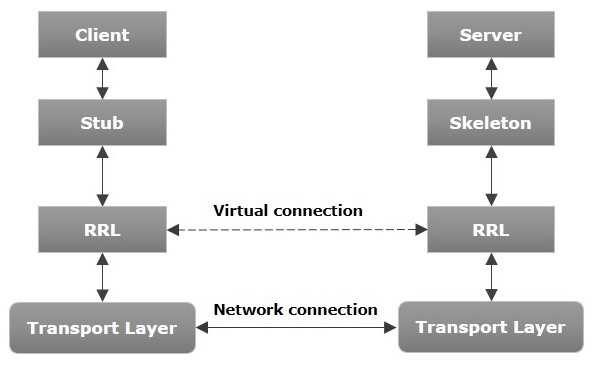
Overview
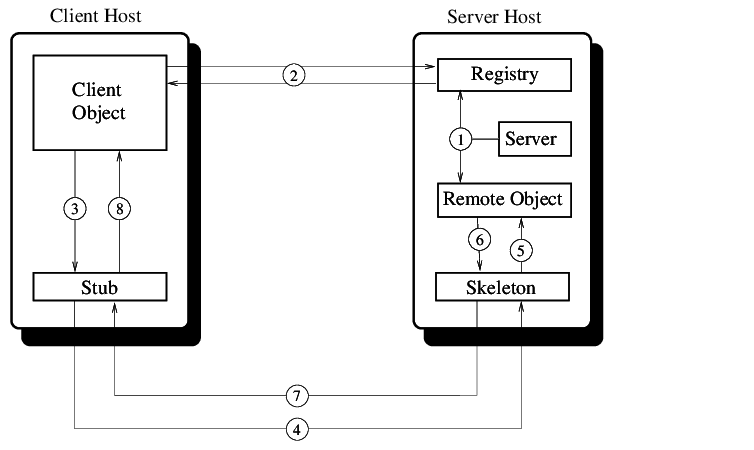
Java RMI is a protocol that enables Java objects to interact with each other remotely, allowing for distributed computing and communication between multiple nodes in a network. It provides a way for Java objects on different machines to communicate with each other as if they were located on the same machine.
Architecture Components
The Java RMI architecture consists of several components:
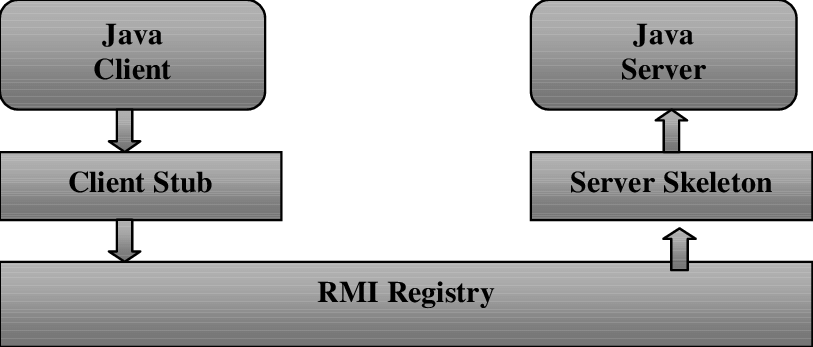
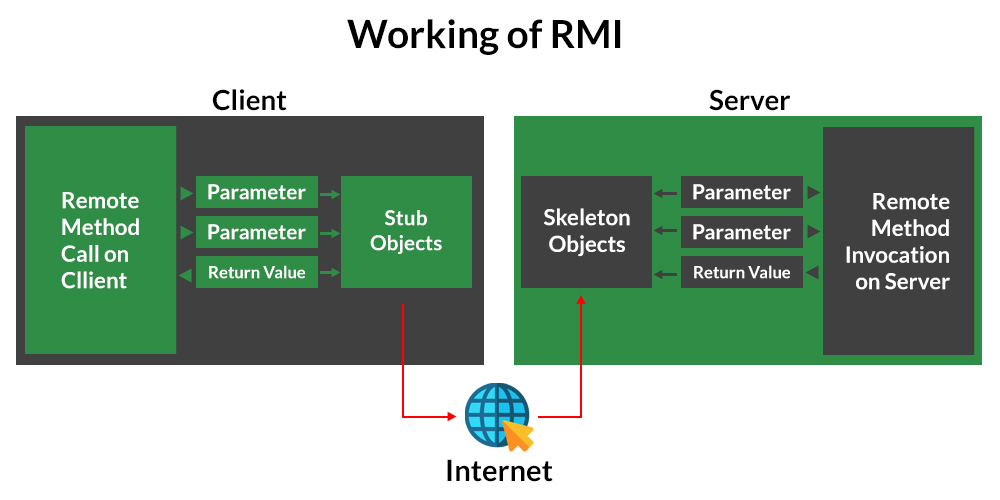
Step-by-Step Process
Here's how RMI works:
Server Side: The remote object is created and implements the Remote interface. The remote object is registered with the RMI Registry using a unique identifier (UID). The RMI Registry creates an entry for the remote object, including its UID and location. Client Side: The client creates an RMISocketFactory object to establish a connection to the RMI Registry. The client uses the RMISocketFactory to create an RMIClientSocketFactory object that will handle the communication with the RMI Registry. The client sends a request to the RMI Registry to locate and obtain a reference to the remote object. The RMI Registry returns the UID of the remote object, along with its location information. The client uses this information to establish a connection with the remote object and invoke its methods.Key Concepts
Some key concepts in Java RMI include:
UIDs: Unique identifiers that are used to identify remote objects and manage their registration with the RMI Registry. Stub Objects: Small, lightweight Java objects that act as intermediaries between clients and remote objects. Stubs handle method invocations on behalf of the client. Skeleton Objects: Server-side components that provide the implementation for stub objects.Advantages
Java RMI provides several advantages:
Distributed Computing: Enables distributed computing by allowing Java objects to interact with each other remotely. Flexibility: Allows for dynamic registration and lookup of remote objects, making it easy to add or remove services from a network. Platform Independence: Enabling Java objects on different platforms to communicate with each other.Challenges
Some challenges associated with Java RMI include:
Performance Overhead: Due to the added layer of abstraction and communication overhead, RMI can introduce performance latency. Security Concerns: Requires careful consideration of security and authentication mechanisms to ensure data integrity and confidentiality.I hope this provides a comprehensive overview of the Java RMI architecture!
